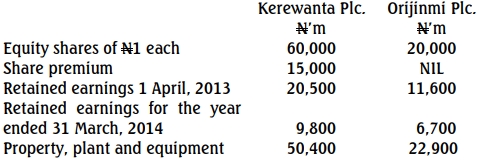- 15 Marks
PM – May 2015 – L2 – SB – Q7 – Environmental and Social Performance Management
Discuss the concept of globalisation, its impact on management information systems, and arguments against its influence on management performance
Question
The use of internet has made the entire universe a global village. Managers can comfortably sit in their offices connected to the internet and the world wide web to obtain all necessary information for their business needs.
Required: a. Discuss the concept of globalisation and how management information systems have enhanced effective management performance. (10 Marks)
b. What arguments will you advance against globalisation as it relates to management performance? (5 Marks)
Find Related Questions by Tags, levels, etc.
- Tags: Globalisation, Internet Usage, Management Performance, MIS
- Level: Level 2
- Topic: Environmental and Social Performance Management
- Series: MAY 2015
Report an error






